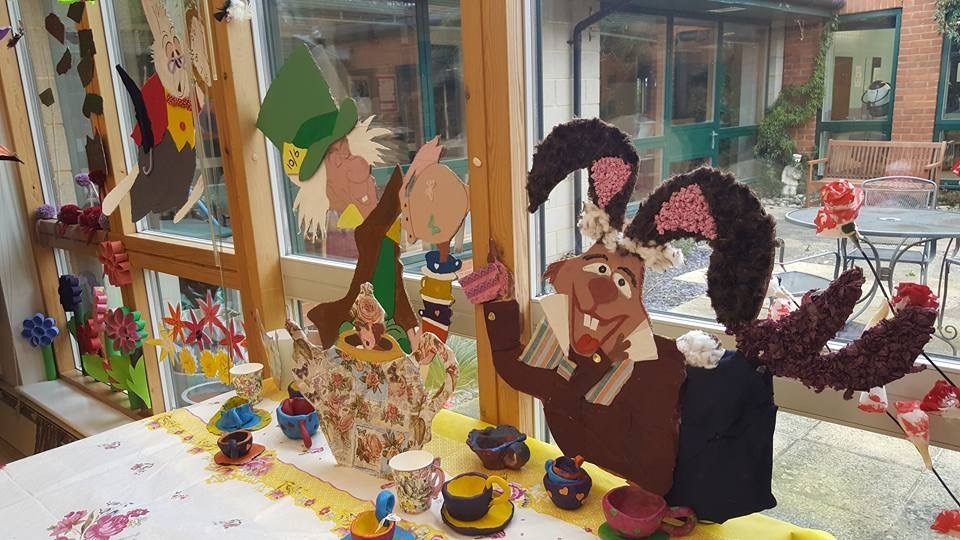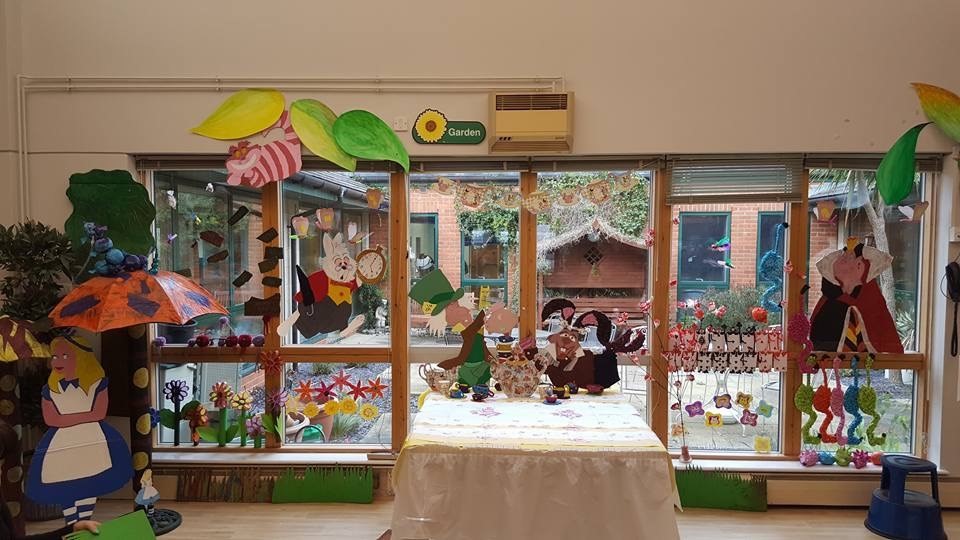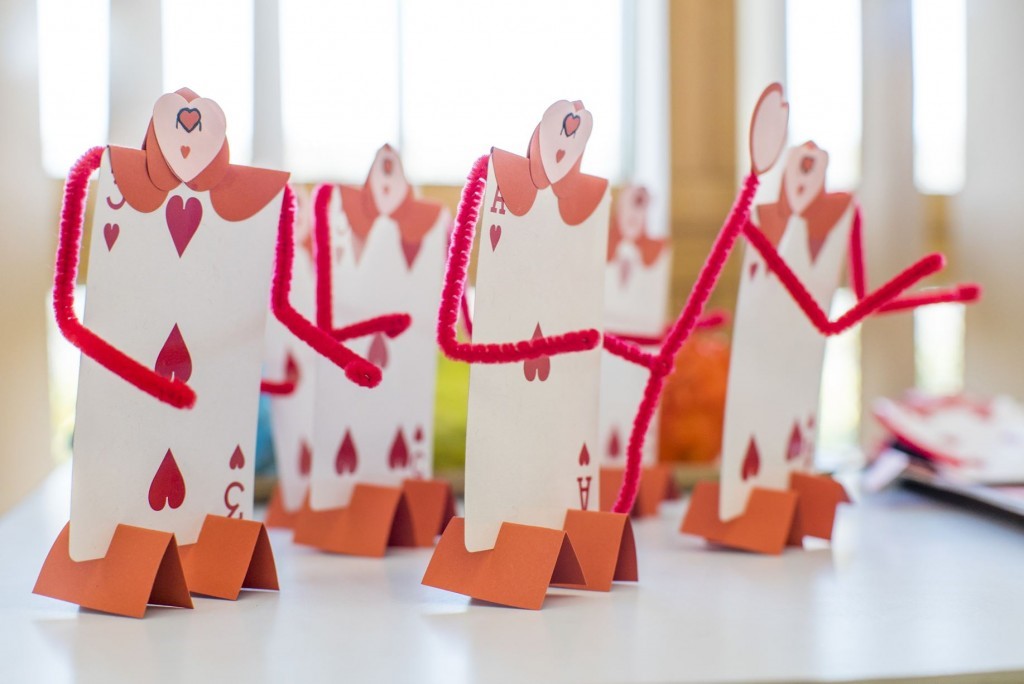Current studies in the fields of art therapy, music therapy and other creative modalities confirm that art can affect individuals by inducing both psychological and physiological healing. Whilst young children are encouraged to be creative through arts and crafts in school, it is not only young minds that can benefit from doing art to increase stimulation and creativity. According to Bruce Miller, a behavioural neurologist at University of California, San Francisco, while brains inevitably age, creative abilities do not necessarily deteriorate. In fact, the ageing brain has been proven in studies to respond well to art through allowing the brain’s two hemispheres to work in tandem. Why is it then that many people still often view arts and crafts as a young person’s activity?
An artist community in the UK called Creative Minds was developed in 2012 in order to provide elderly residents with the opportunity to explore their creativity. Over the last 4 years, the community’s Art Sessions have had a huge impact on the lives of older adults. Creative Minds currently deliver their services to care homes, learning disability services and day centres. 97-year-old Joyce Cheverton, a resident at Nightingale Hall Care Home Richmond is one of the many individuals the organisation has helped. Throughout her life, Joyce was prolific in many forms of art during the Second World War. Joyce’s work includes a huge four wall mural for a London cafe and a lounge for a Cunard liner. Thanks to Creative Minds, Joyce has been encouraged to proceed with her art and is still creating wonderful artwork today. You can visit her work on the Creative Minds Facebook page here.
In addition to recent projects and organisations, psychologists in the past have supported the theory of art improving the quality of life for the elderly. Erik Erickson’s eighth and last stage of psychological development culminates in an integration of the individual’s past, present and future to confront the conflict between integrity and despair. The result can be either despair or wisdom. Erickson writes that when elderly people pursue activities that are based on meaning, purpose and honesty, they can attain wisdom and integrity rather than experiencing longing and despair. As well as the benefits of preventing boredom and keeping your residents occupied, it may well be that the overall wisdom and happiness of elderly individuals will increase through creative activity.
What kind of activities can be involved in art sessions?
> Create a themed craft display
A good idea for occupying elderly residents is to think of a popular film or theme that all of the residents will have some knowledge of. Popular classic films are a good theme to explore. Your care home residents do not have to be talented or artists to participate, simply painting and cutting out characters can make a great end result. This exercise is particularly useful for residents with Dementia to reminisce old familiar films. The Park Barn Centre in Guildford created an Alice in Wonderland display with popular characters and objects from the film.



A craft display created by the Park Barn Centre residents
> Allow your residents to choose objects to paint
A fun activity could be to take your residents outside and allow them to choose simple objects to paint or draw, such as flowers, plants and other objects. This allows elderly residents to have an element of control over the activity and create art of their liking. You can display the drawings on the walls to encourage more creativity and add a splash of colour to your care home.
> Use art sessions as a chance to learn about the lives of your residents
Adult art cases can be used as a time to learn about the past of individuals. You could ask your residents to create artwork of their favourite hobby or a certain event in their life and explain their art. These drawings could be created through a range of methods such as painting, pastel crayons, sketches or crafts.
For more ideas on activities to try with your residents, you can visit the following websites for inspiration:
The Baring Foundation: Creative Homes